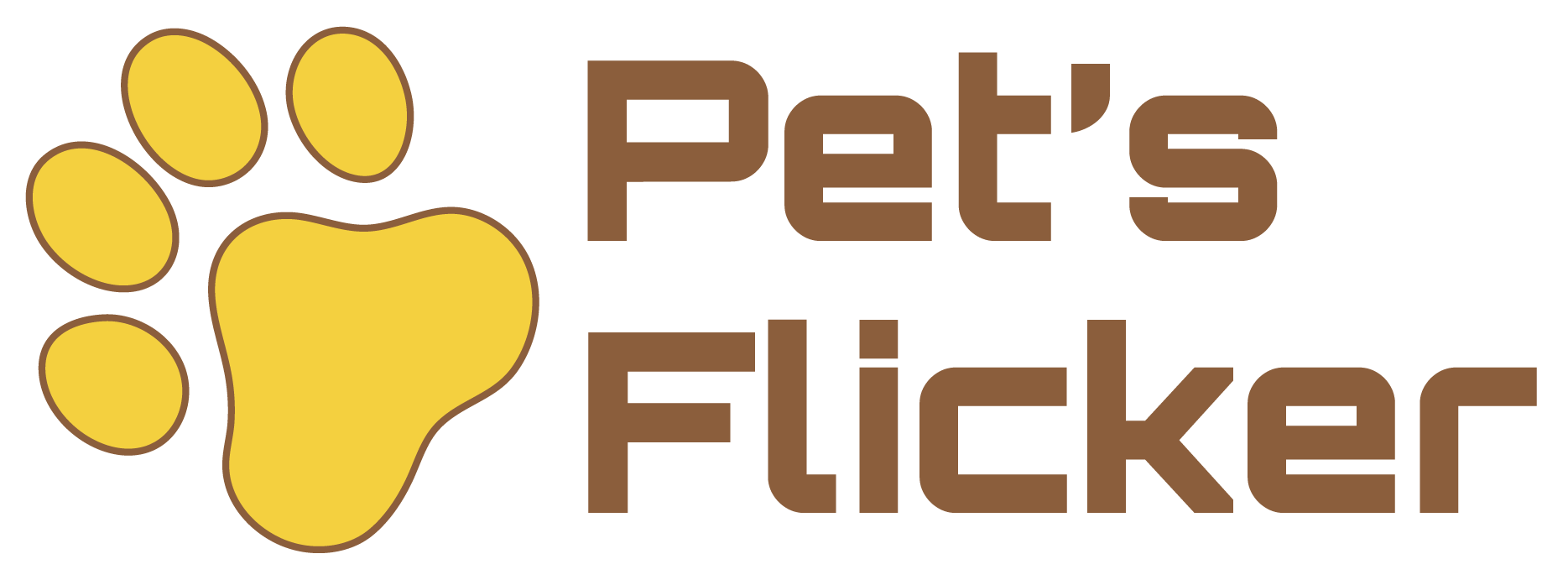5 Easy Ways To Potty Train Your Puppy For Quick and Effective Results
Potty training a puppy is an important step in welcoming a new pet into the home. It helps keep the living space clean and teaches the puppy where it is appropriate to go to the bathroom. Many owners find this process challenging, but with the right approach, it can become manageable.
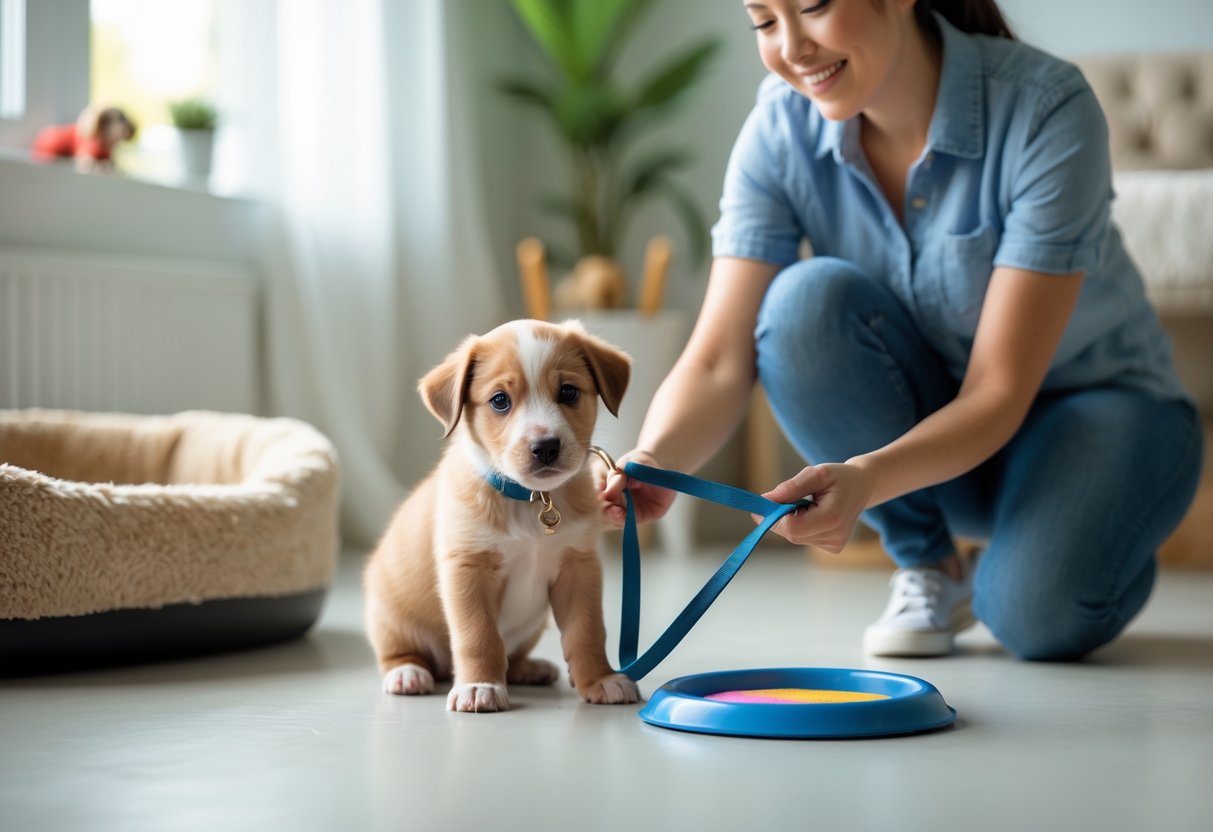
The key to successful potty training is using simple, consistent methods that make learning easy for the puppy. This article will share five easy ways to help puppies learn quickly and support a smooth training experience for both the pet and owner.
1) Choose a consistent potty spot outside
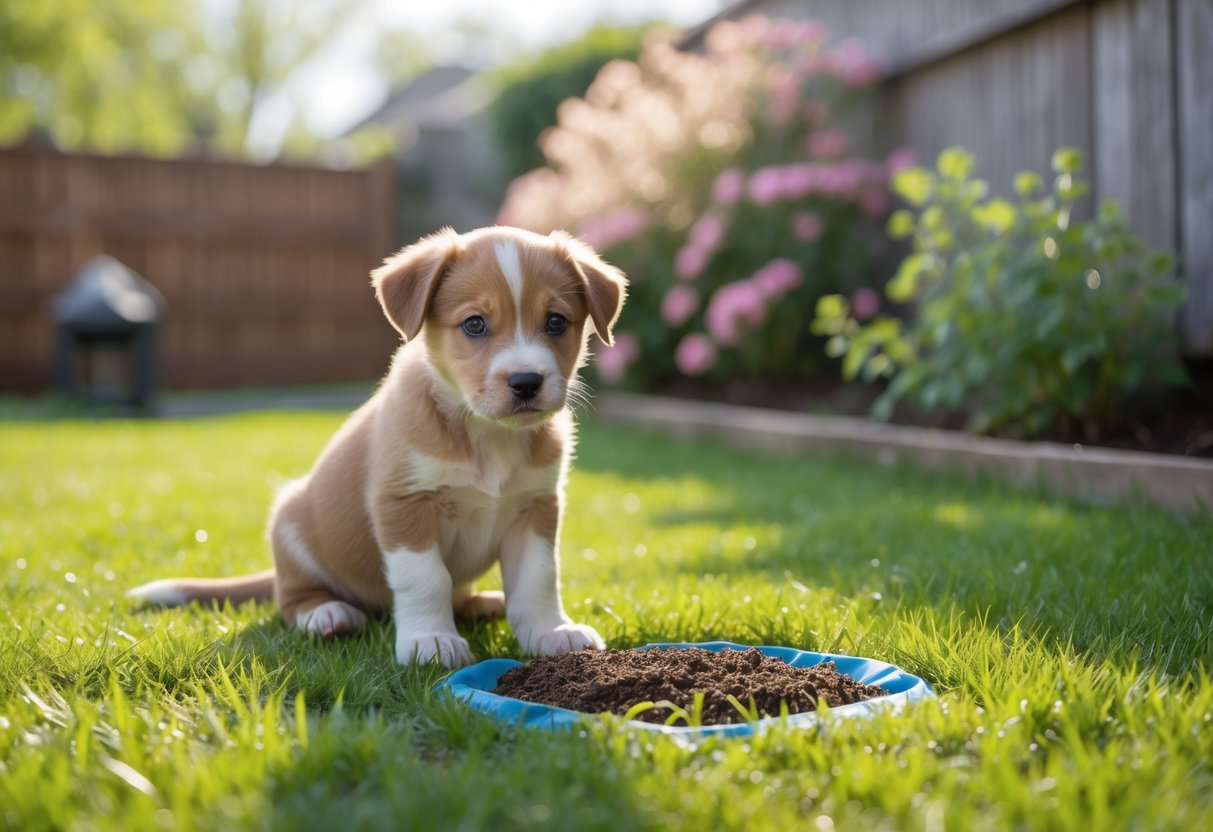
Selecting one specific place outside for the puppy to go is very important. Taking the puppy to the same spot every time helps them learn where they are supposed to go.
This spot should be quiet and easy to reach. Puppies are more likely to use a place that feels safe and familiar to them.
Using the same area also helps the puppy associate that place with potty time. Over time, they will understand that this is where they should relieve themselves.
Owners should take their puppy to this area often, especially after eating, drinking, playing, or waking up. Repetition builds a habit that helps avoid accidents inside the house.
It is also helpful to use a simple command like “go potty” when bringing the puppy to this spot. Saying this every time creates a connection between the word and the action.
2) Use a clear command like “go potty”
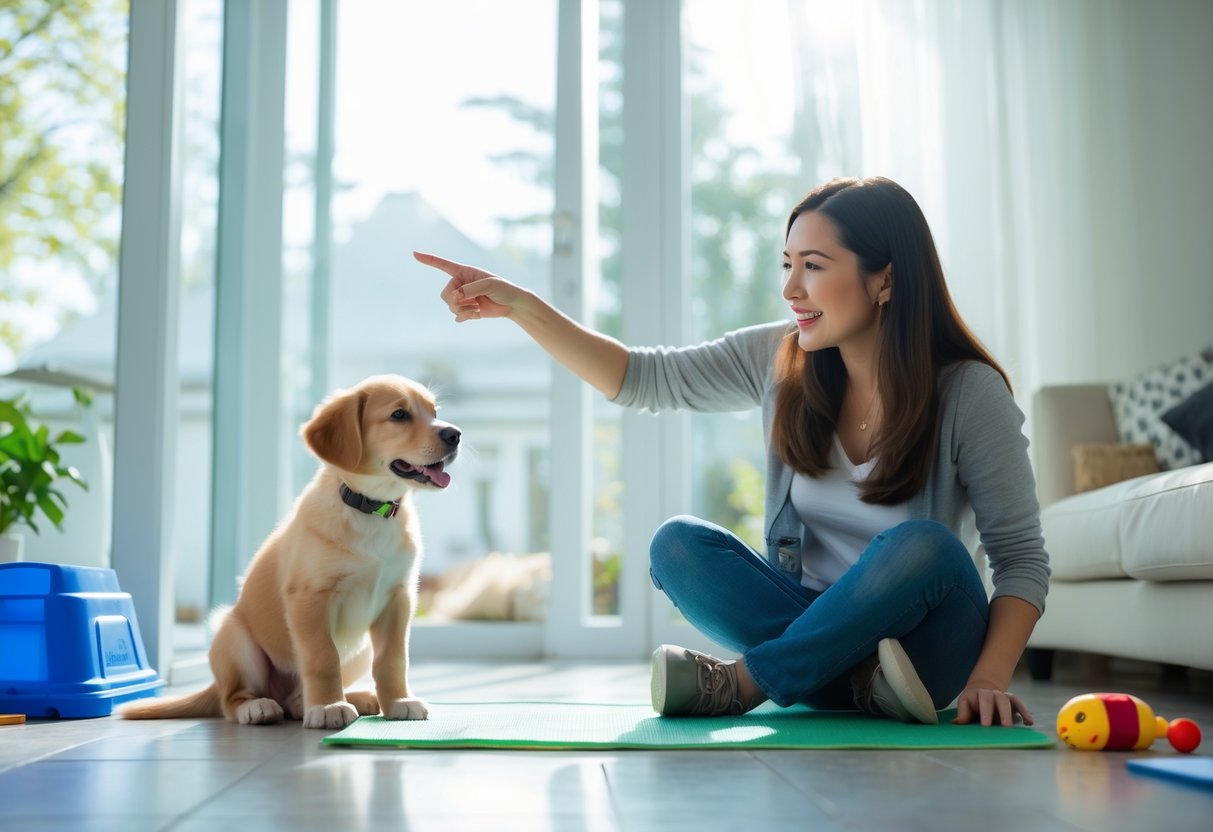
Using a clear command helps the puppy understand what is expected during potty breaks. A simple phrase like “go potty” should be said consistently when taking the puppy outside.
This phrase becomes a signal for the puppy to relieve itself. Over time, the puppy will associate the command with the action, making bathroom breaks smoother and quicker.
The command also helps the owner guide the puppy to the right spot. When the puppy starts to go, repeating the command reinforces the behavior.
Keeping the command short and consistent is important. Using different words can confuse the puppy. It is best to choose one phrase and use it every time.
Positive reinforcement is effective when the puppy follows the command. Praising or giving a treat right after the puppy goes potty encourages the puppy to keep responding to the command.
3) Take your puppy out frequently, especially after eating
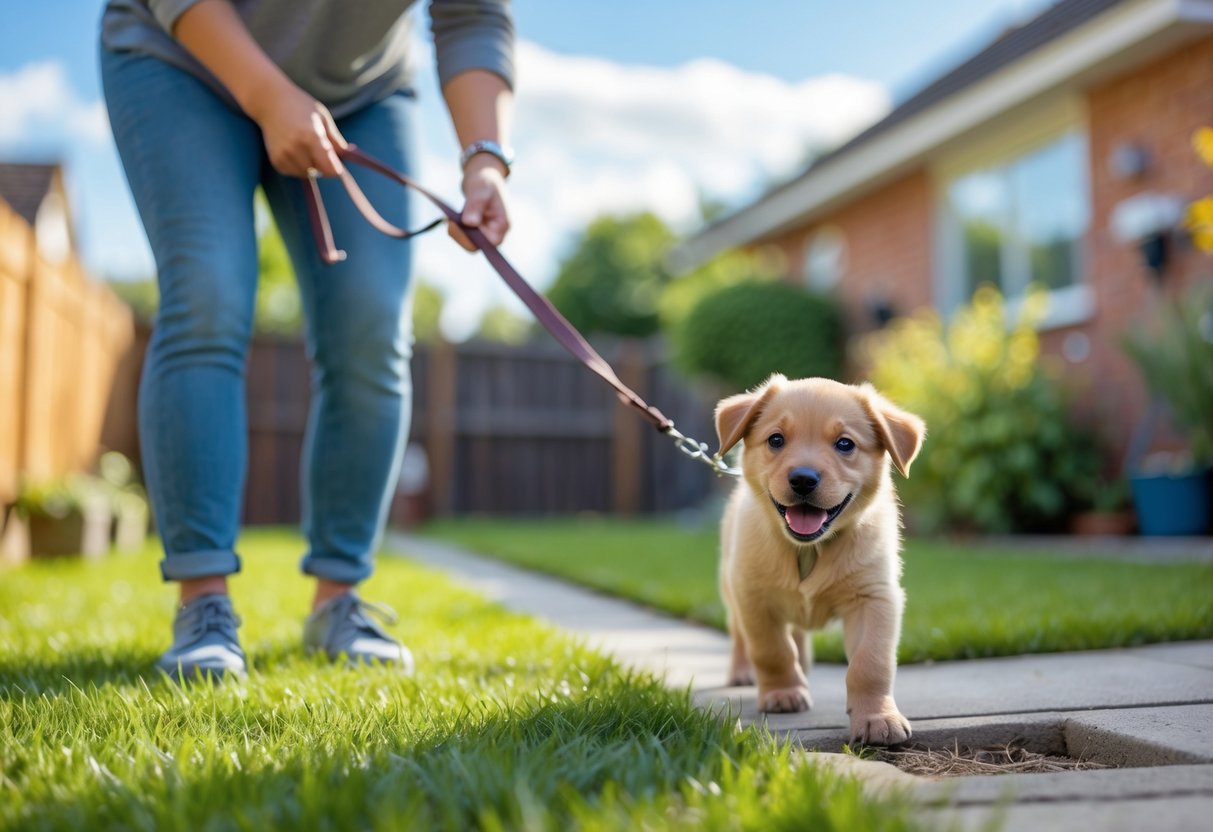
Taking a puppy outside often is a key part of potty training. Puppies have small bladders and need to relieve themselves frequently.
It is especially important to take them out right after they eat. Their digestive system works quickly, so they usually need to go within 15 to 30 minutes after a meal.
Going out after eating helps the puppy learn when and where to go. Consistency at this time builds good habits and reduces accidents inside the house.
Frequent trips outside, about every 1 to 2 hours, also work well. This includes after waking up, playing, or drinking water.
Using the same spot each time helps the puppy connect the place with bathroom time. This makes training clearer and faster.
Patience and routine improve the chances of success. Over time, the puppy will understand the schedule and follow it without confusion.
4) Reward immediately with treats and praise
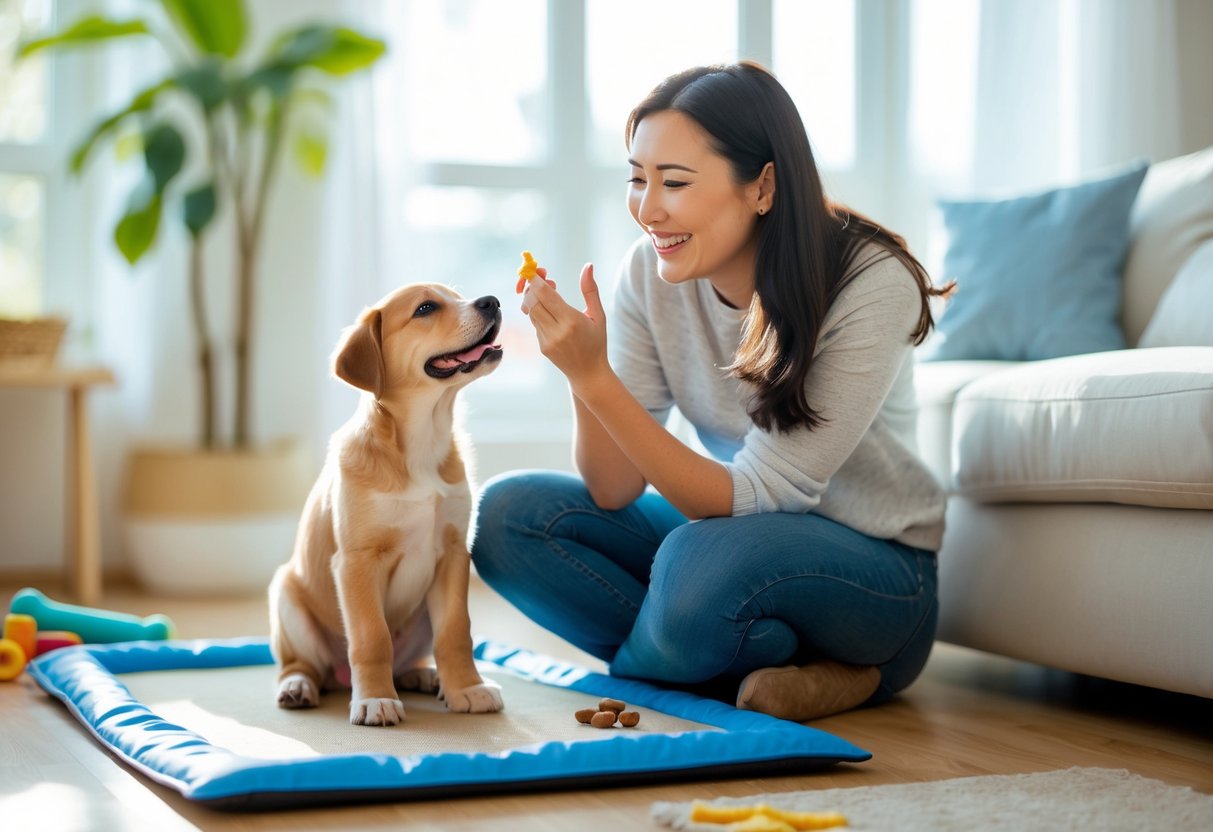
When a puppy goes potty outside, it is important to reward them right away. Giving treats or praise right after they finish helps the puppy connect going outside to positive outcomes.
If the reward comes too late, the puppy may not understand what behavior is being praised. Treats, a kind voice, or a quick play session can work as rewards.
Consistent rewarding strengthens good habits. It encourages the puppy to repeat the behavior because they know it leads to something good.
Using immediate rewards makes the training clearer and faster. The puppy learns that pottying outside is the right thing to do.
Owners should always carry treats and be ready to praise. This keeps training consistent and helps the puppy understand expectations well.
5) Supervise closely indoors to prevent accidents
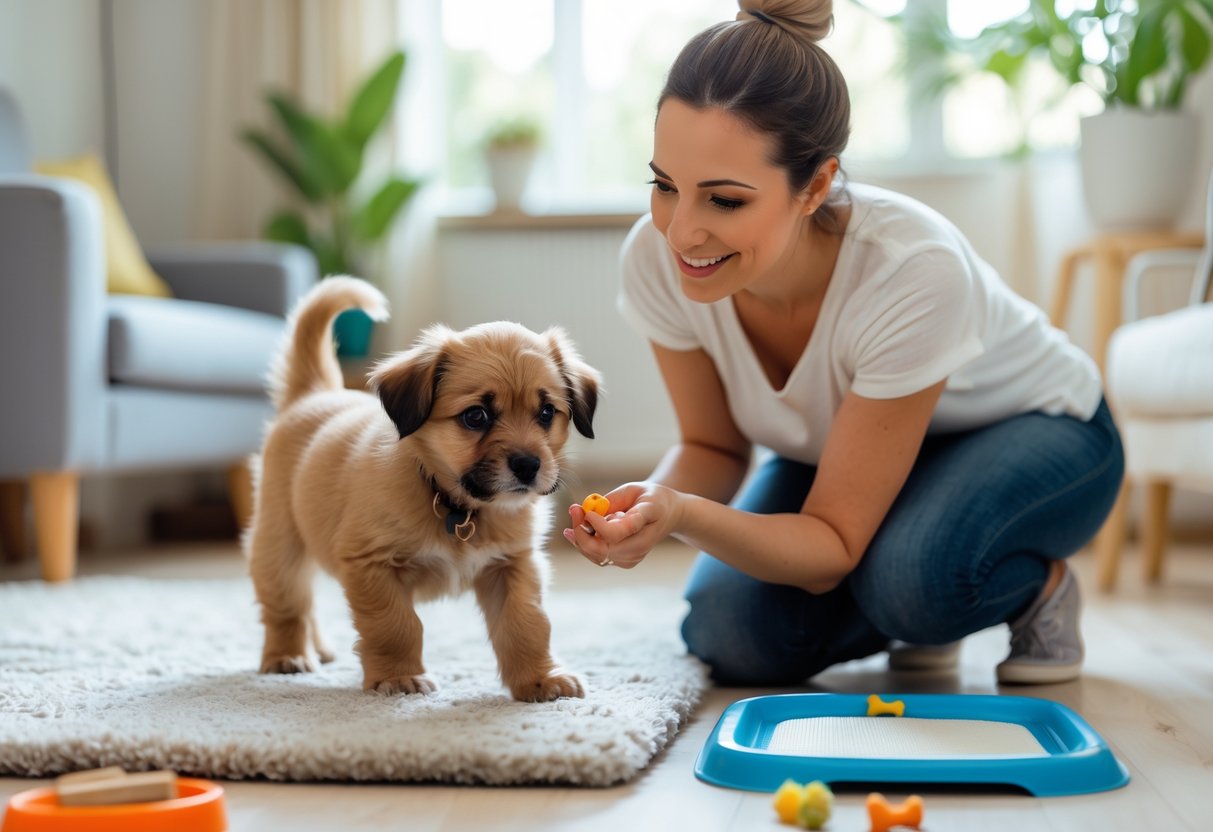
When a puppy is inside, someone should watch them closely at all times. Puppies cannot hold their bladder for long, so staying near helps catch signs they need to go.
If the puppy starts sniffing or circling, it is a signal to take them outside right away. This prevents accidents before they happen.
Keeping the puppy in a small, safe space like a crate or playpen when unsupervised also helps. It limits the chance to potty in the wrong place.
If an accident happens indoors, it should be cleaned quickly and thoroughly to remove any smell. This stops the puppy from going there again.
Consistent supervision and quick action teach the puppy where it is okay to go. This makes potty training faster and less frustrating for everyone.
Understanding Your Puppy’s Learning Process
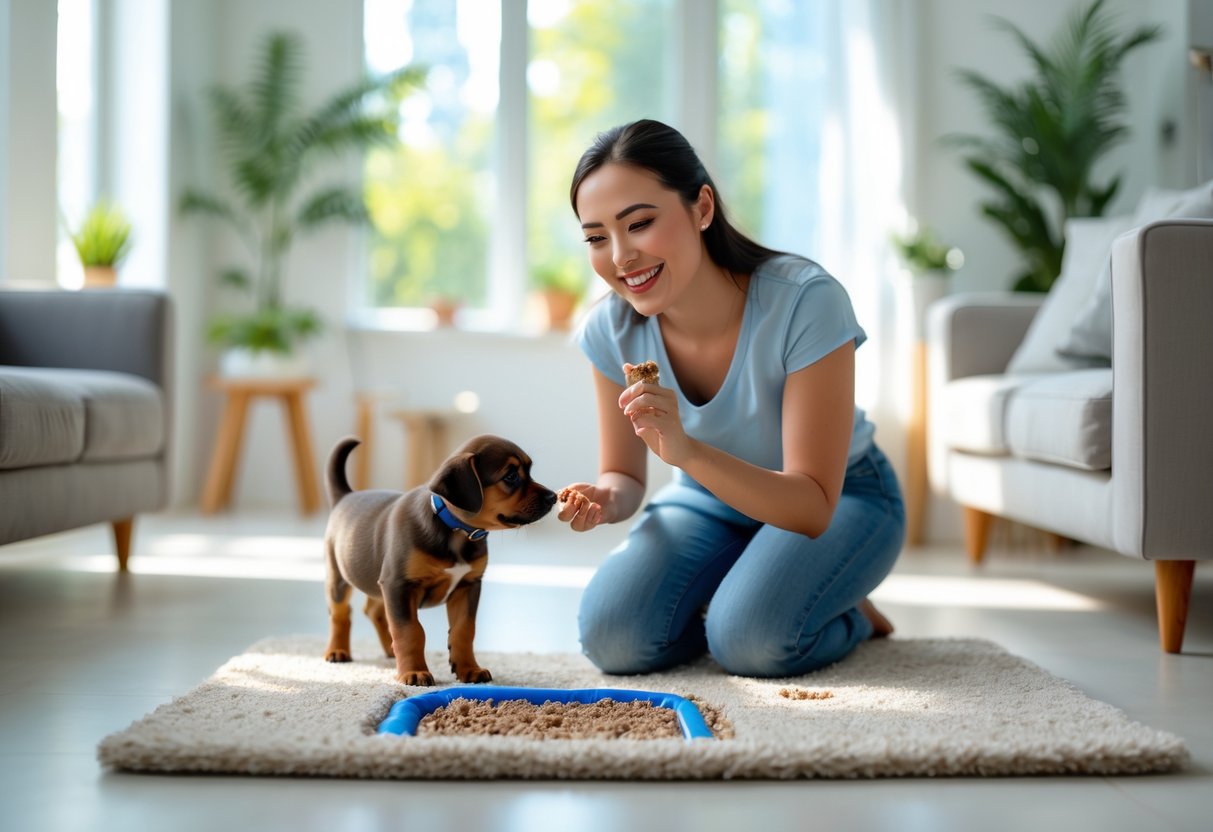
A puppy learns best through clear routines and positive experiences. Recognizing how a puppy grows and how it connects actions with outcomes is key to effective potty training.
Puppy Developmental Stages
A puppy’s ability to learn changes as it grows. In the first eight weeks, puppies have limited control over their bladders and bowels. Between 8 to 16 weeks, they begin to develop some control but need frequent bathroom breaks. Patience is crucial because accidents are normal during this stage.
Around 16 weeks and older, puppies gain better bladder control and focus. This is the best time to reinforce potty training habits. Puppies also start to understand commands more clearly at this age, making consistent schedules helpful for building lasting habits.
Building Positive Associations
Puppies respond best when actions are linked to rewards. Using a specific word or phrase like “go potty” every time the puppy eliminates helps it associate the command with the action. Immediate praise or treats after going in the right spot reinforces good behavior.
Consistency is important. Taking the puppy to the same bathroom spot each time and rewarding quickly builds a clear connection between the location, the command, and the behavior. Positive reinforcement makes training less stressful and encourages the puppy to repeat desired actions.
Troubleshooting Common Potty Training Challenges
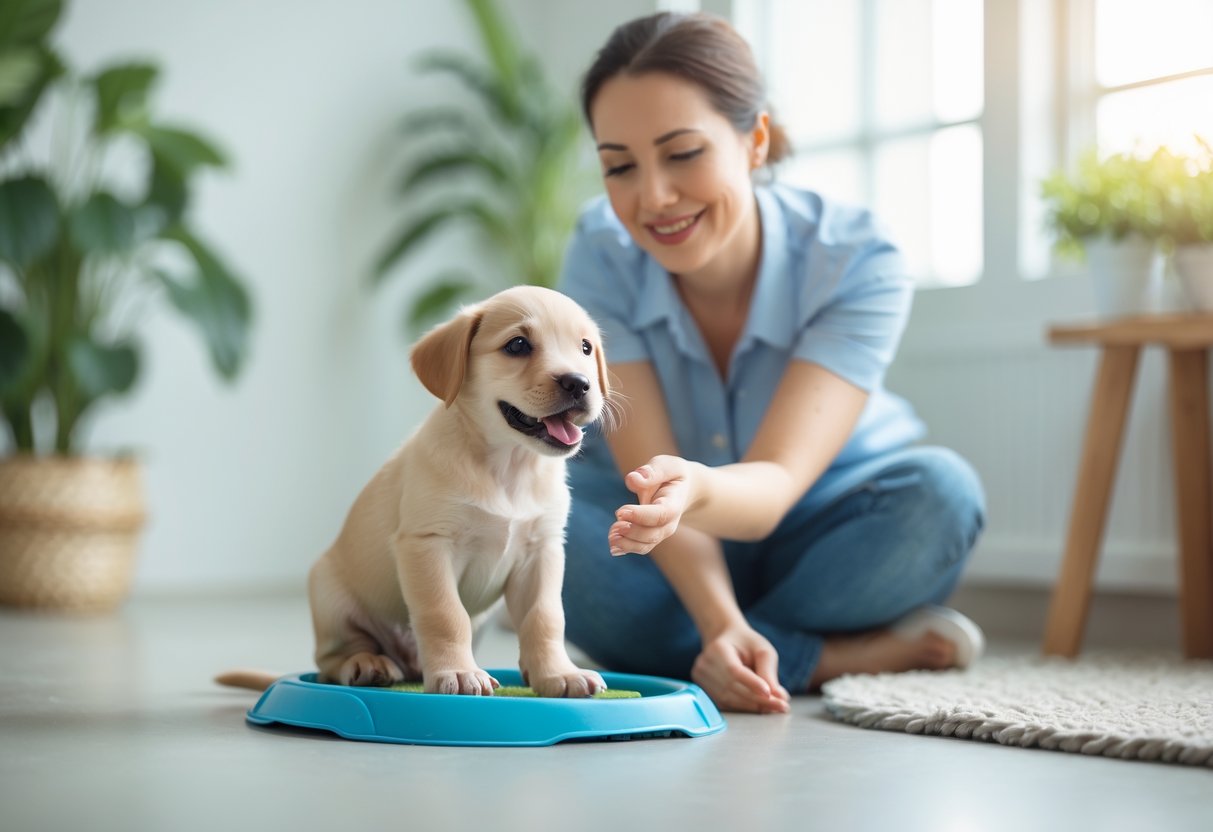
Potty training can have unexpected setbacks that slow progress. Recognizing these setbacks early and making changes to training methods are key to helping puppies learn faster and avoid stress.
Identifying Signs of Setbacks
Setbacks often show up as accidents inside the house after a period of good behavior. If a puppy suddenly starts having accidents, it may mean they are confused, scared, or have a health issue. Other signs include reluctance to go outside or sudden whining when needing to potty.
Tracking the puppy’s behavior can help find patterns. For example, accidents might happen after long play sessions or before bedtime. A sudden change in appetite or energy can also indicate medical problems, so a vet visit might be necessary.
Adjusting Training Techniques
If setbacks appear, returning to basics helps. Keeping a strict schedule for potty breaks is important. Taking the puppy out every 1-2 hours and immediately after meals or naps helps build routine.
Using positive reinforcement like treats and praise right after successful potty trips encourages good habits. Avoid punishing mistakes because it can cause fear and make training harder.
Managing the environment also matters. Restricting access to certain rooms or using crates can prevent accidents when unsupervised. Patience and consistency, combined with clear signals, help the puppy understand expectations.
Frequently Asked Questions
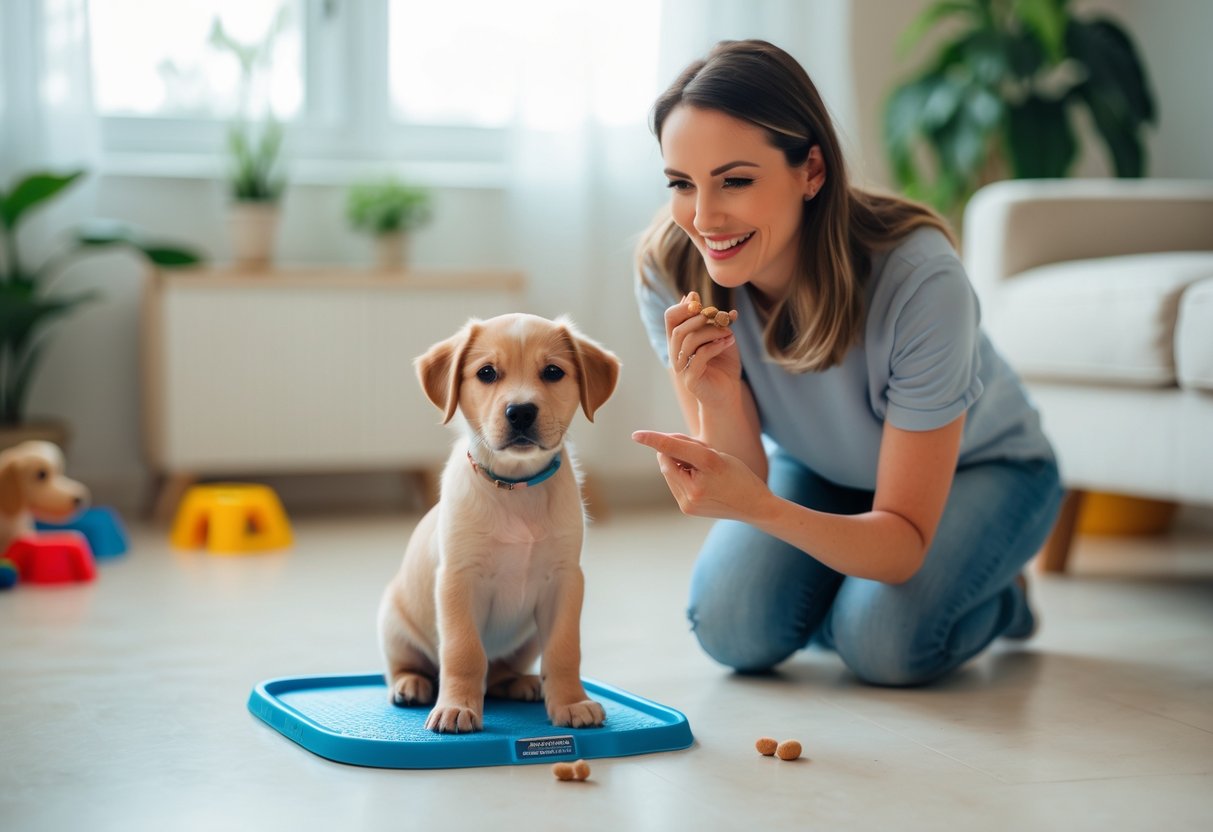
Potty training a puppy requires clear routines, consistent commands, and careful timing. Using a set outdoor spot and rewarding good behavior help build good habits. Puppies need frequent potty breaks, especially after meals, and close supervision indoors to avoid accidents.
What is the most efficient method to potty train a new puppy?
The most efficient method includes taking the puppy to the same outdoor spot every time. Using a simple command like “go potty” helps the puppy understand what to do. Rewarding immediately with treats and praise reinforces the behavior.
Can you potty train a puppy within a week, and if so, how?
It is possible to make good progress in a week by sticking to a strict schedule. Take the puppy out every hour or right after eating, and use a consistent command. Reward successes right away. Close supervision indoors helps catch accidents early.
What potty training schedule is recommended for puppies of different ages?
Young puppies under 6 weeks old usually need a break every 30 to 45 minutes during the day. From 6 to 12 weeks, hourly breaks are recommended. Puppies between 12 and 16 weeks can usually hold it for longer, about every two hours.
How can you teach a puppy to do their business outside?
Taking the puppy to a consistent potty spot outdoors helps them associate that place with bathroom breaks. Using a simple verbal cue like “go potty” before they begin encourages learning. Praise and treats right after they finish reinforce the behavior.
What are the steps for house training a puppy within five days?
Start by creating a strict schedule for going outside. Use a crate to limit roaming indoors and supervise the puppy closely. Take the puppy out frequently, especially after eating. Give a clear command and reward every successful trip outside immediately.
How long typically does it take for a puppy to be fully potty trained?
Full potty training usually takes several weeks. Consistency in schedule, command use, and rewards improves the process. Each puppy learns at its own pace, but many show good progress within a month with steady practice.
